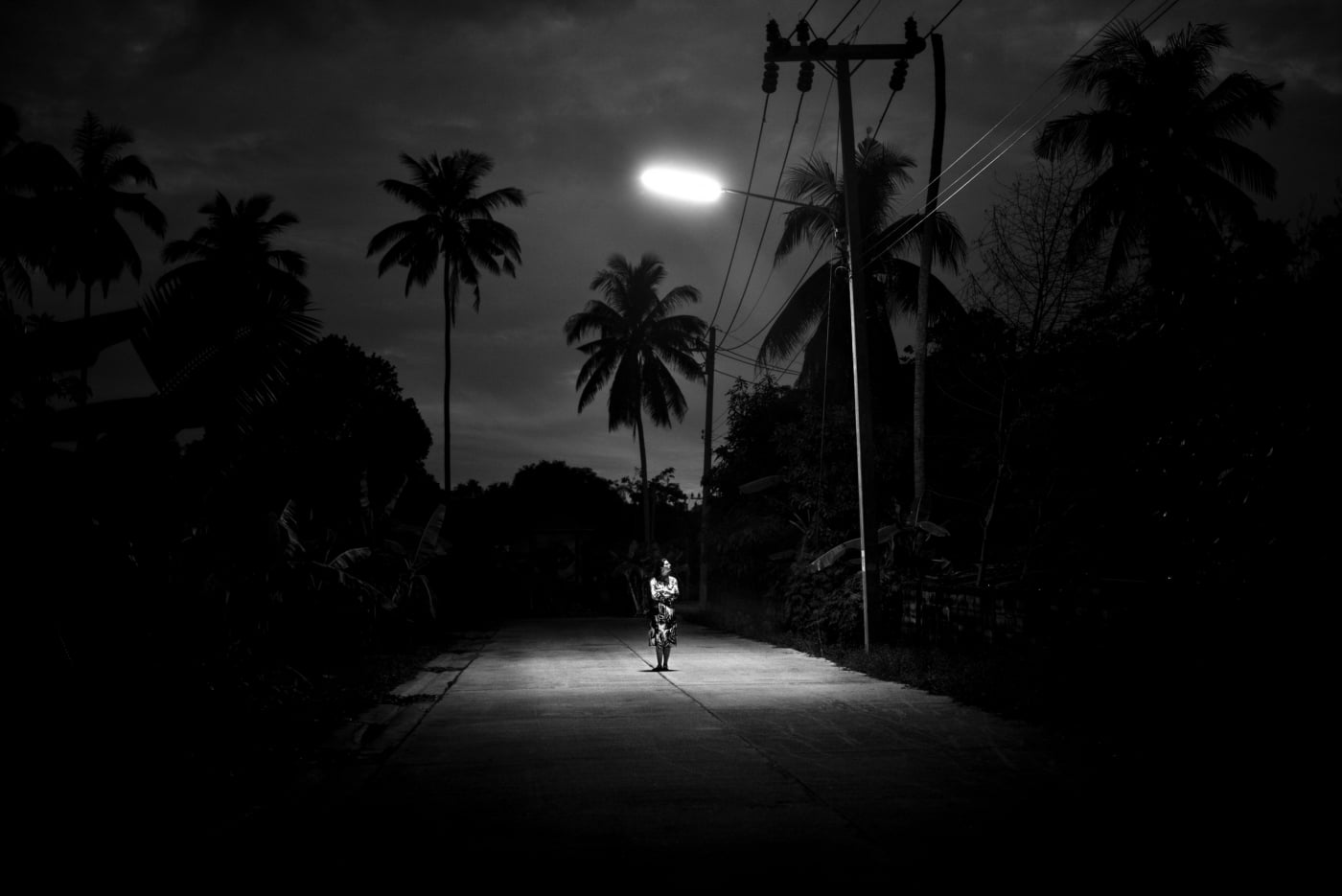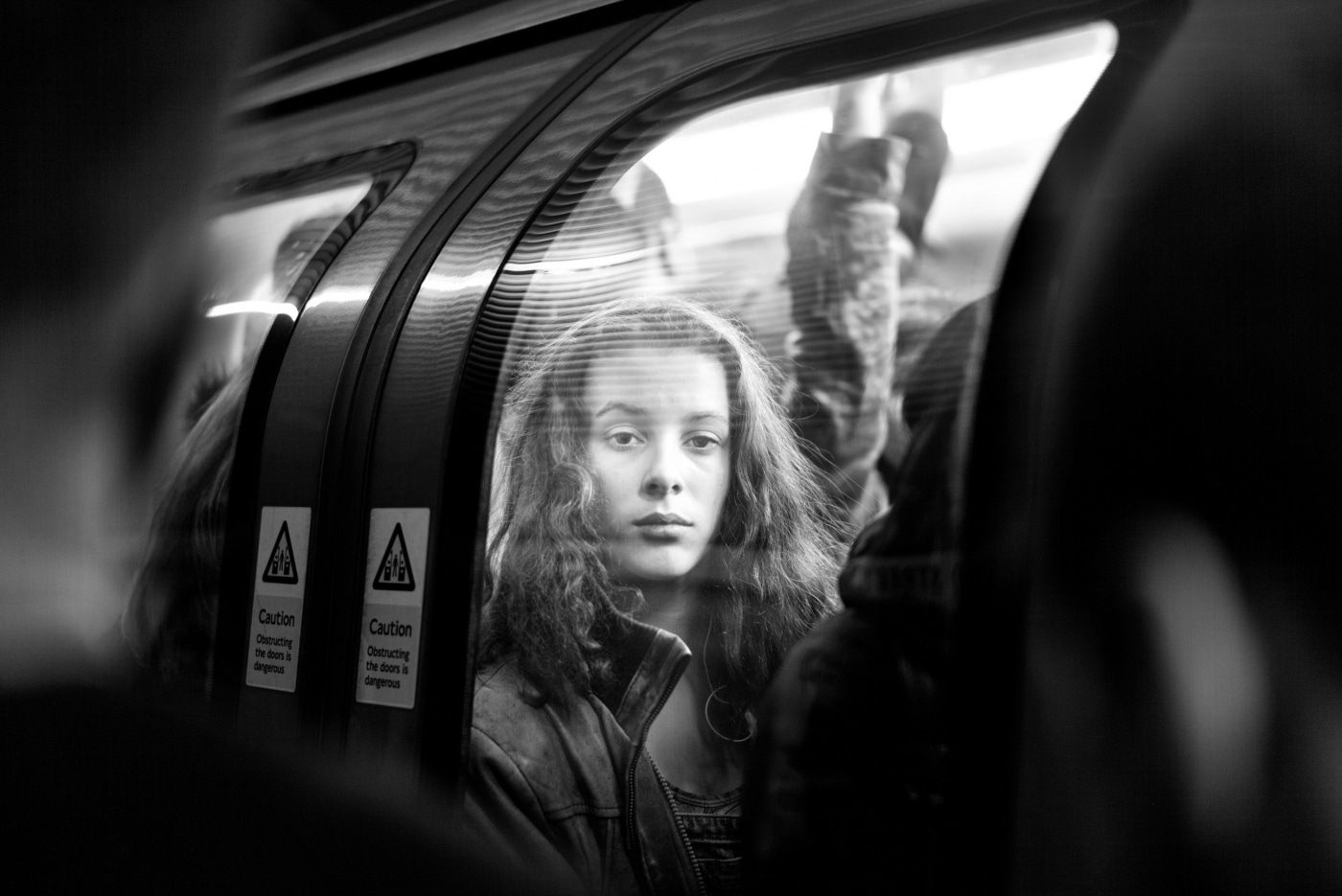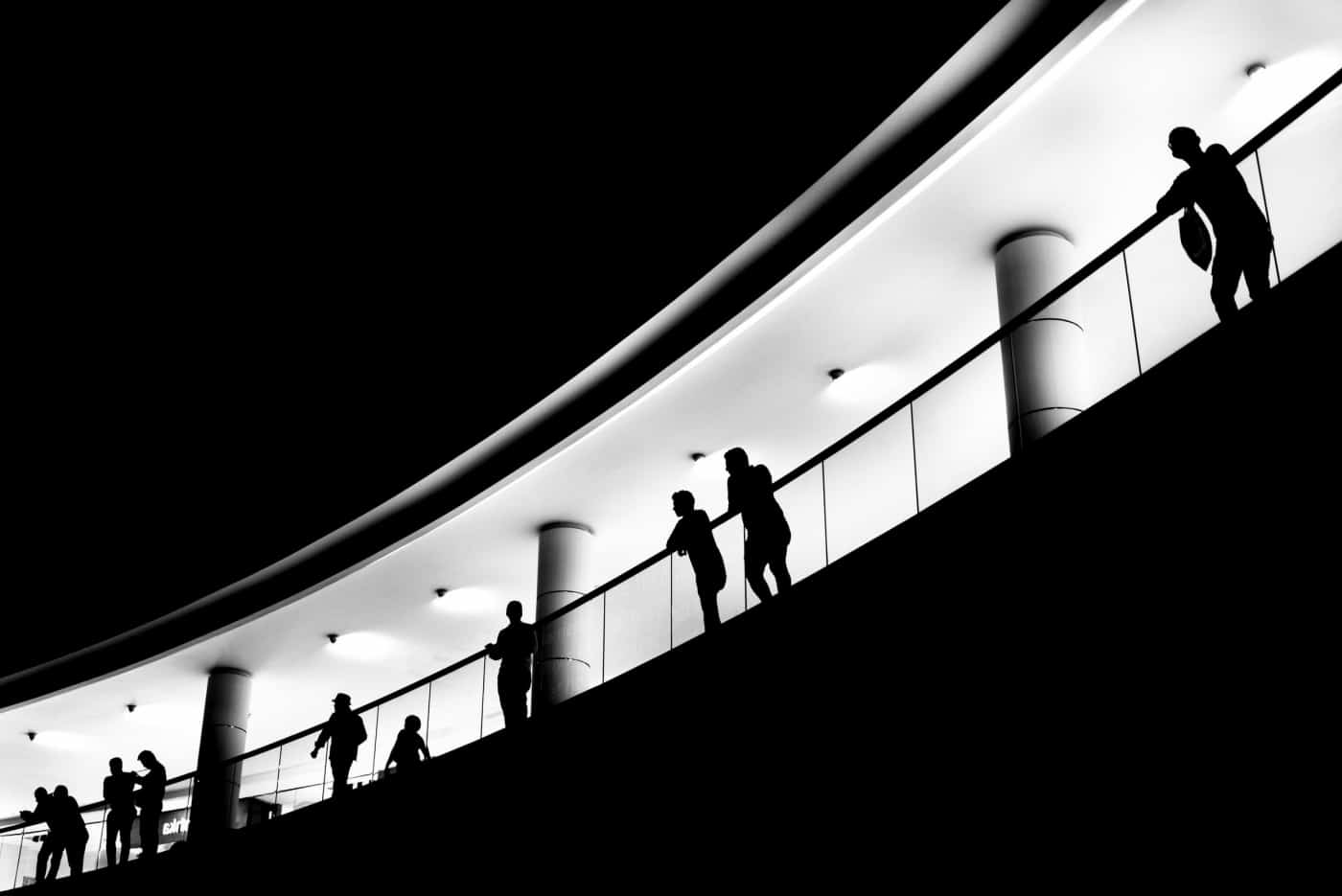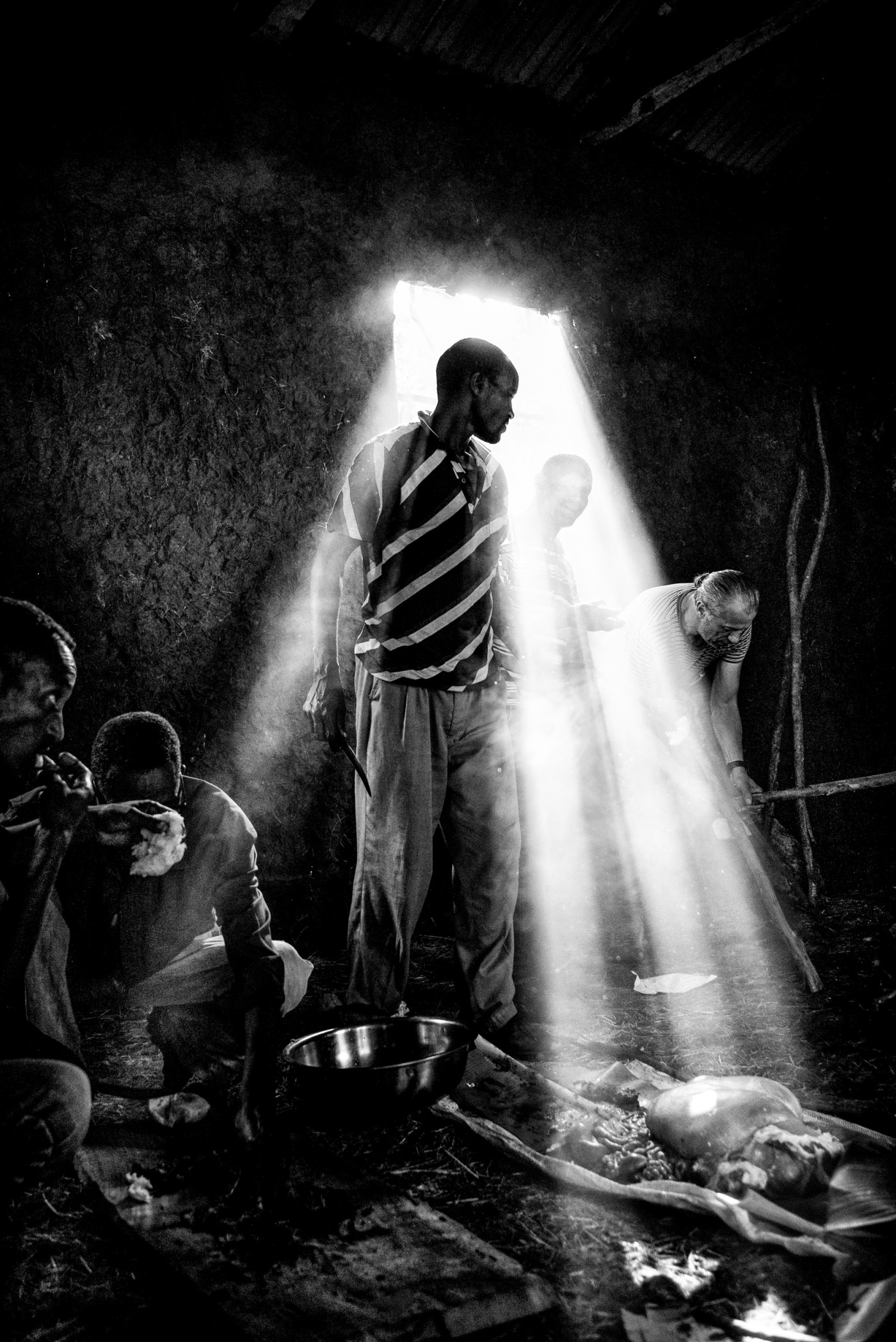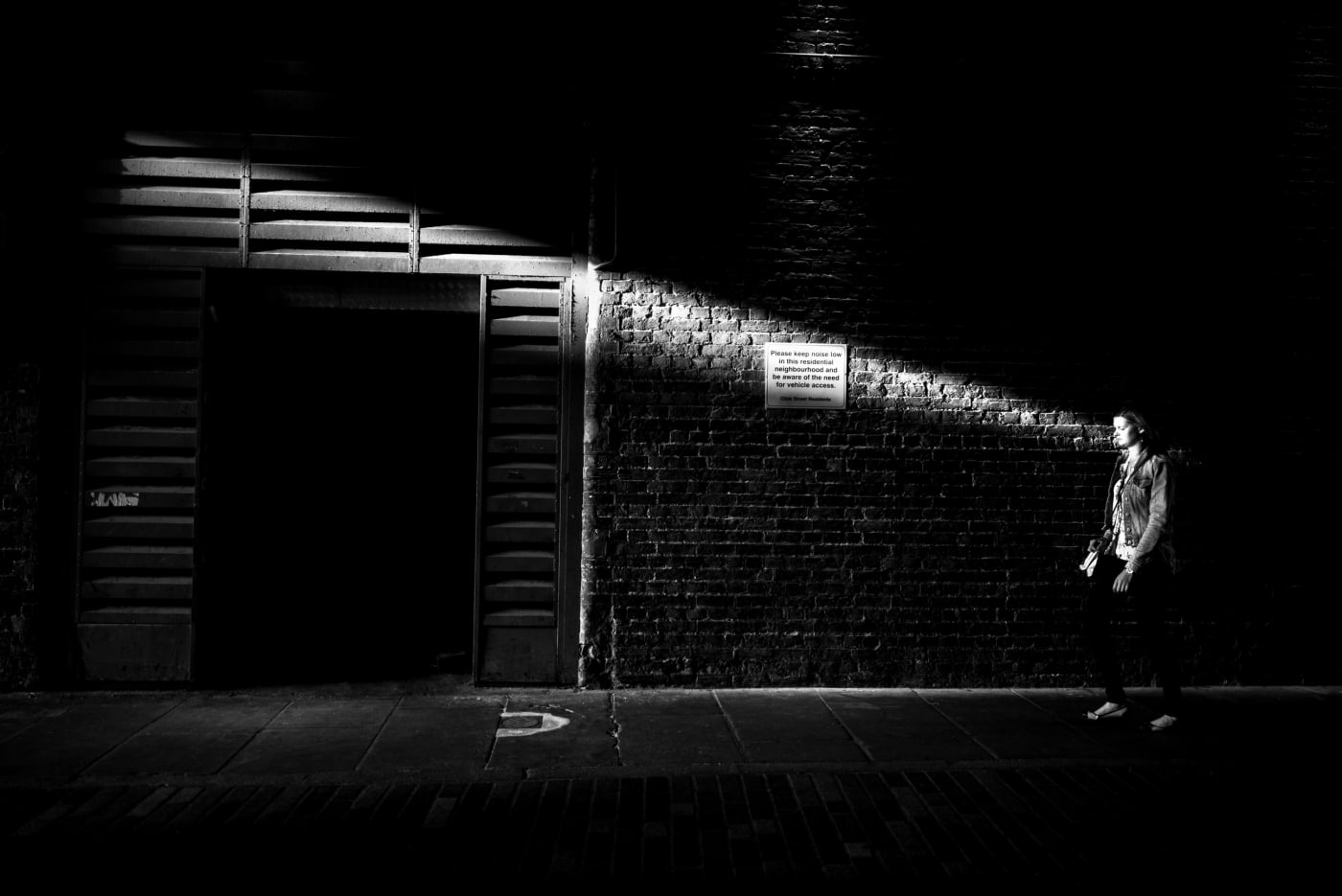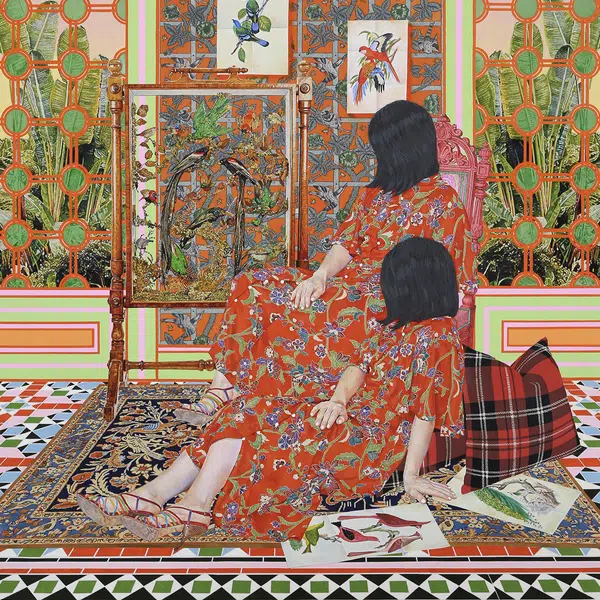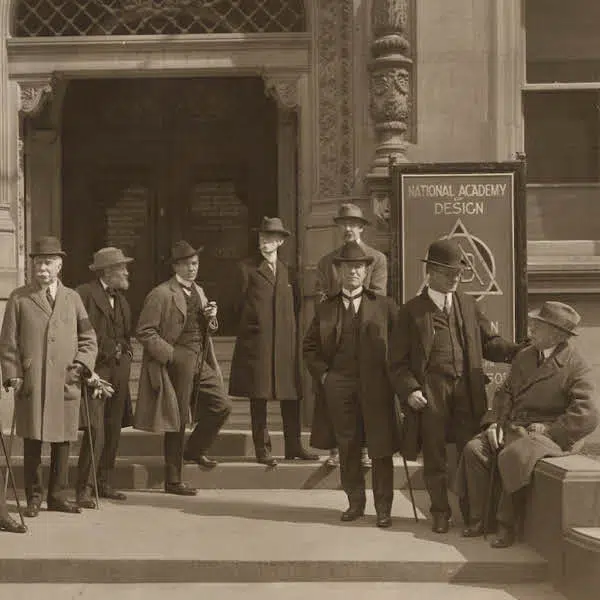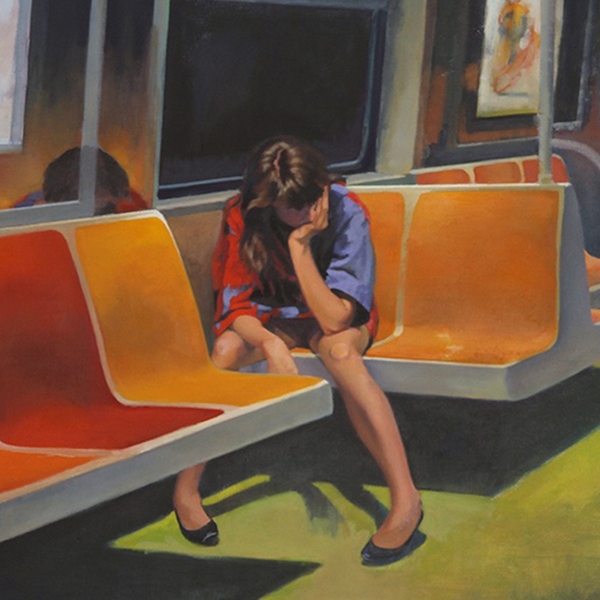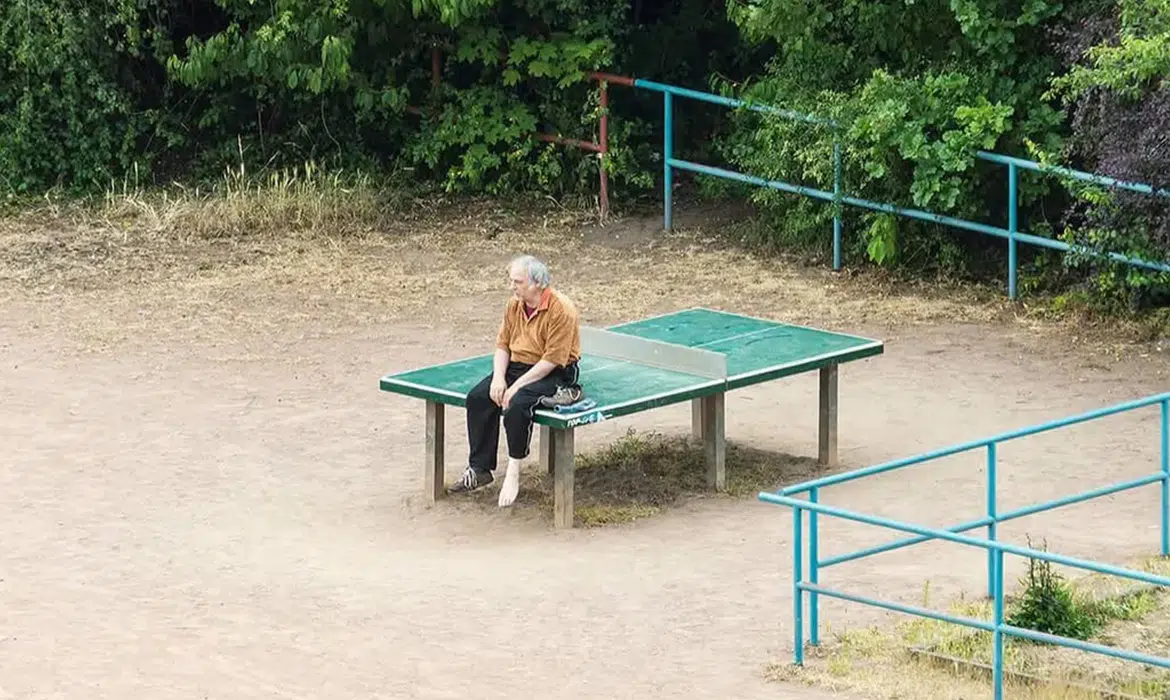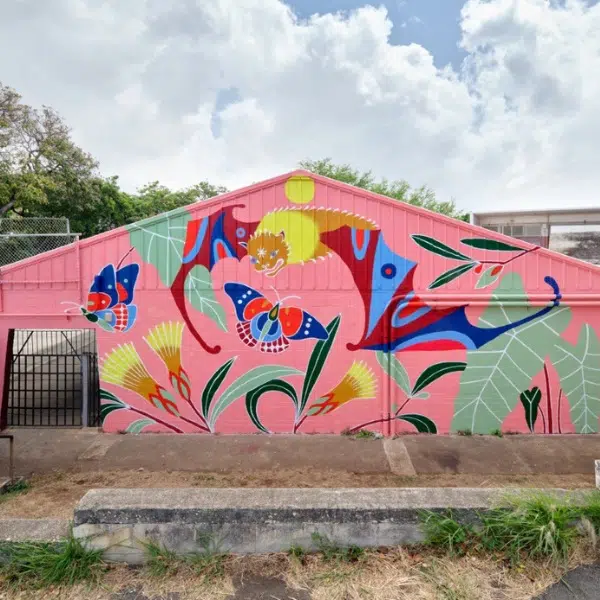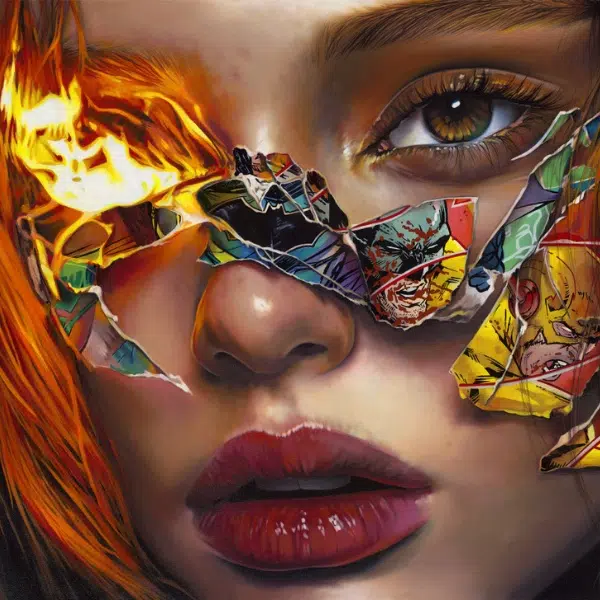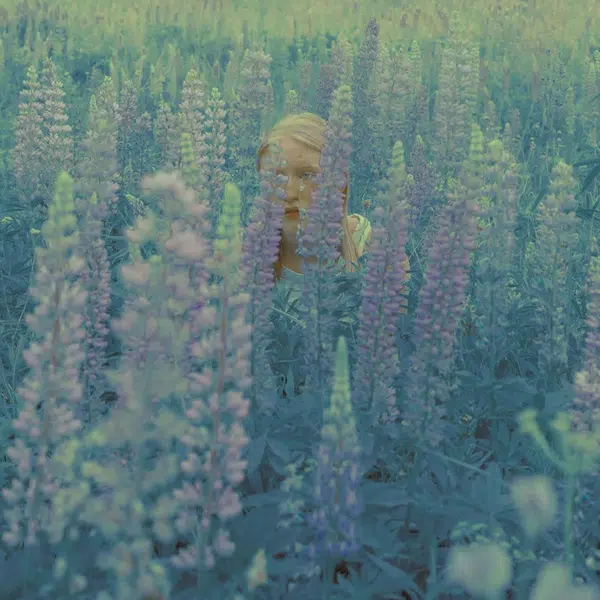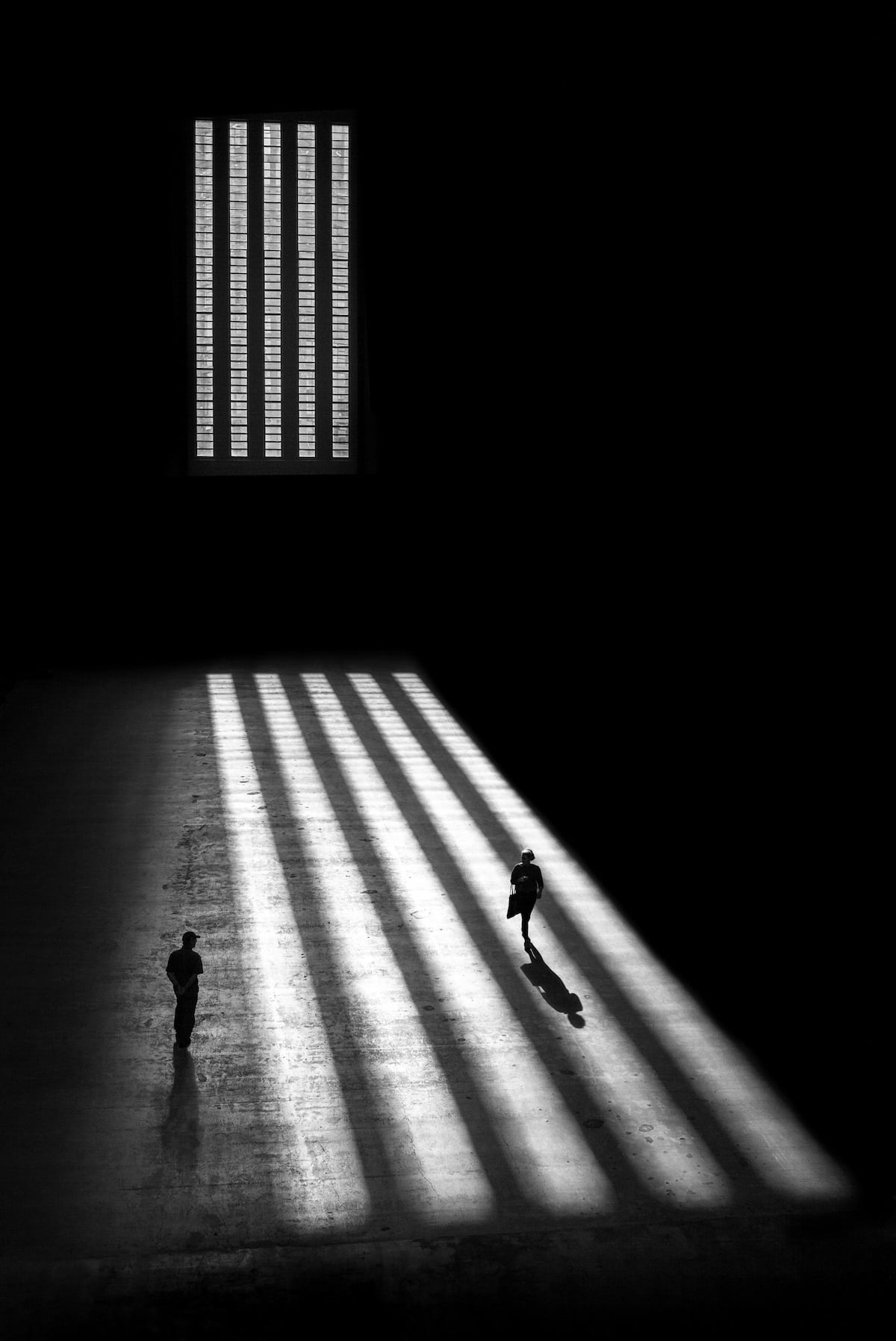
London-based photographer Alan Schaller is known for his incredible street photography. His keen ability to mix high contrast lighting with architectural compositions have won him clients like The Financial Times and The Independent. We recently featured his series of beautiful dog portraits, and followed him to Morocco last year with a set of haunting portraits, but it's his ongoing series Metropolis that we just can't look away from.
Playing with light and shadow, Schaller takes us into the heart of an unknown city, something almost sinister behind the artistic compositions. Straying from his classic street photography, the work takes on an otherworldly, abstract form where humans are less important than the space that overwhelms them.
In fact, for the most part, we don't see who these people are—faces obscured by darkness as they make their way, hustling through the city. The figures in Metropolis are often framed by the manmade shapes that surround them, as though engulfed in a wave of their own making. Intrigued by this mixture of fine art and street photography, we reached out to Schaller for an exclusive interview about the project.
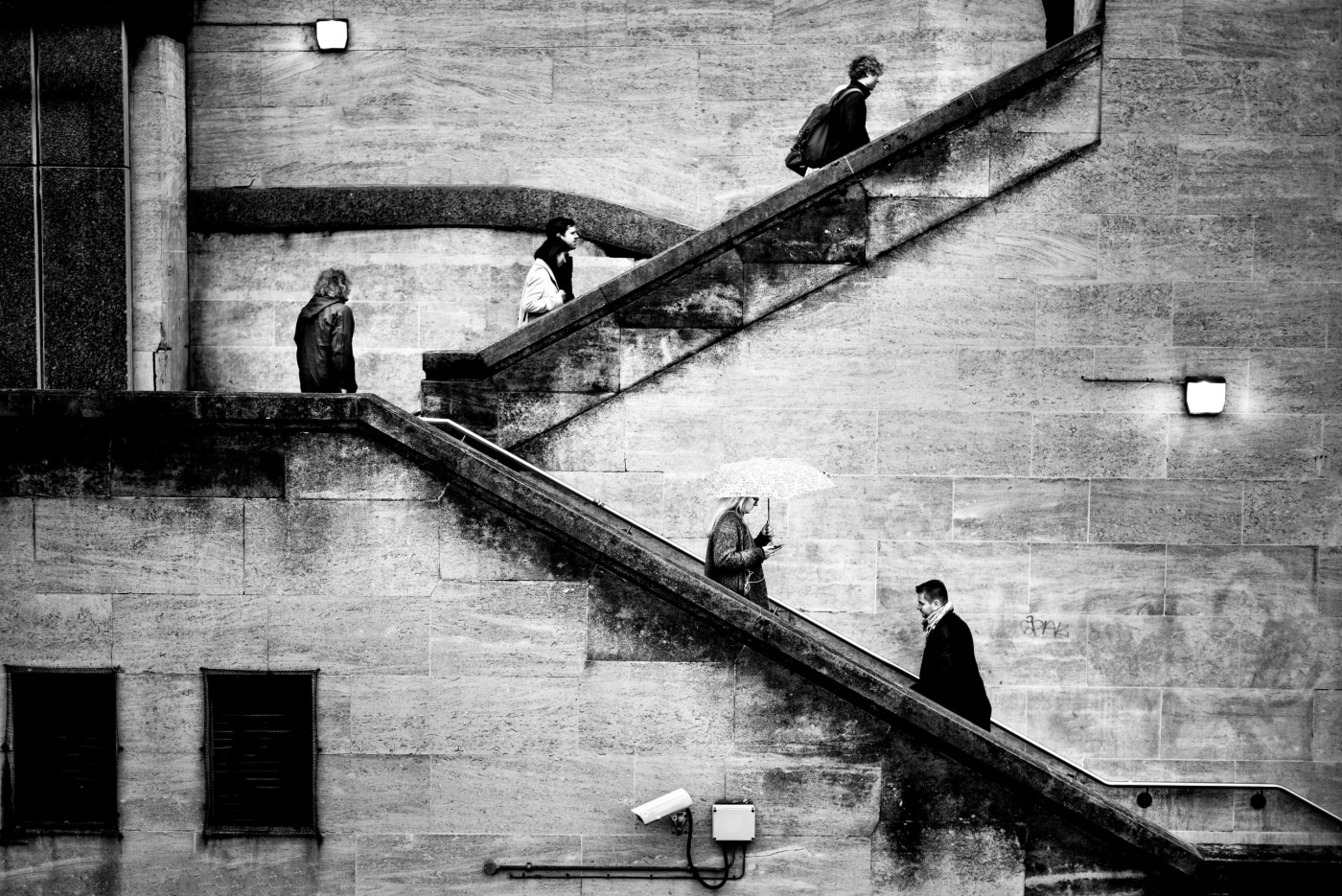
What inspired Metropolis and how long have you been working on it?
Before beginning the series, I spent a lot of time working on portraits and more “conventional” street photography and wanted to push my work in a different direction. After some thought and experimentation, I decided to pursue the representation of human life in the context of shape, light, and abstraction. I quickly became passionate about the idea and thought it had potential. The series has been coming together over the past two years, but incorporates skills learned since I started making pictures. It took a while to adapt to this way of seeing the world and learning how to reimagine urban scenes.
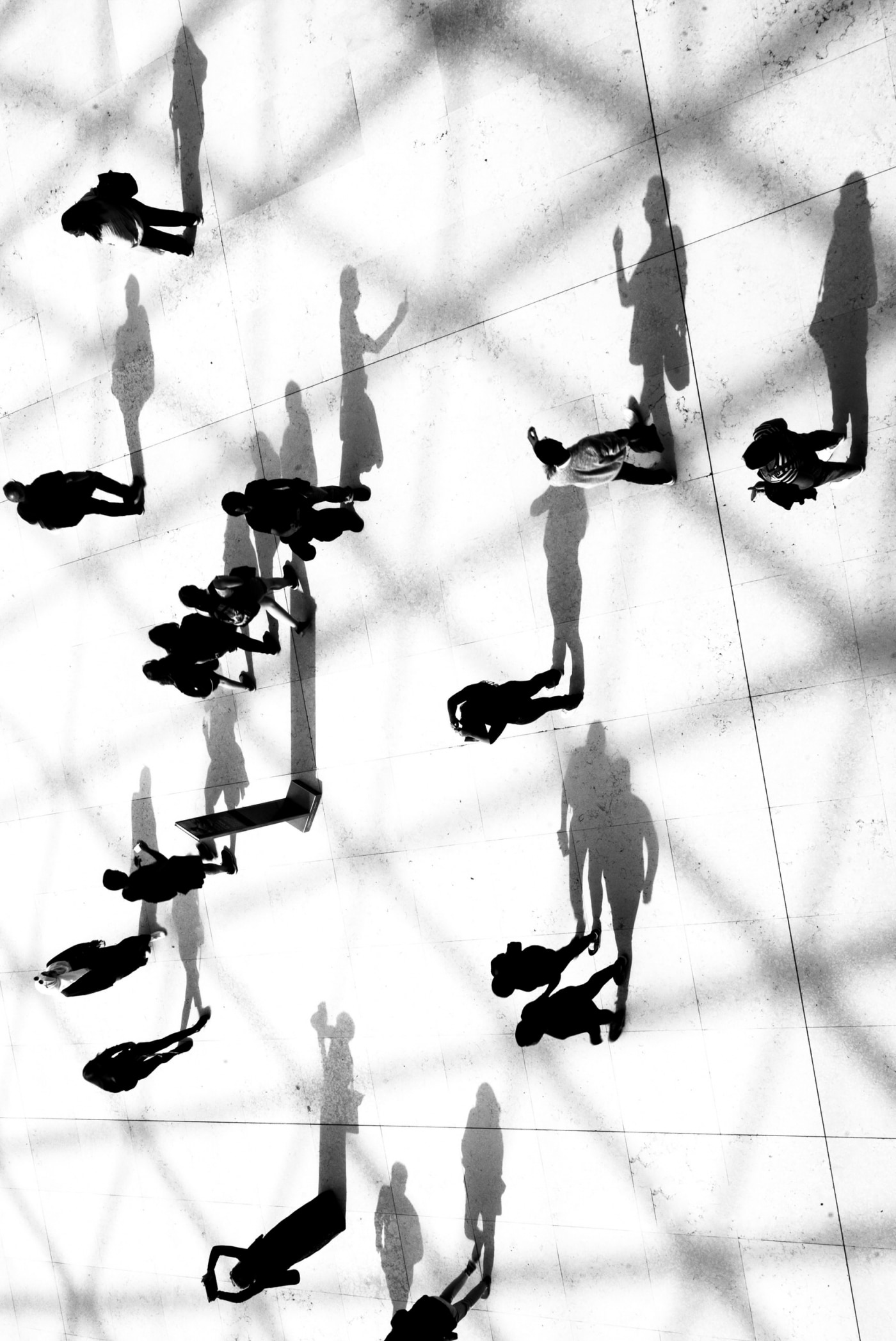
How would you classify the work differently than your regular street photography images?
The main difference is that the focus of the photographs is not solely on people and expressions, but rather on human interactions with each other and the spaces they move through. I aimed to convey a mood or sense of drama. For me the challenge was to say something about people, without directly focusing on them.
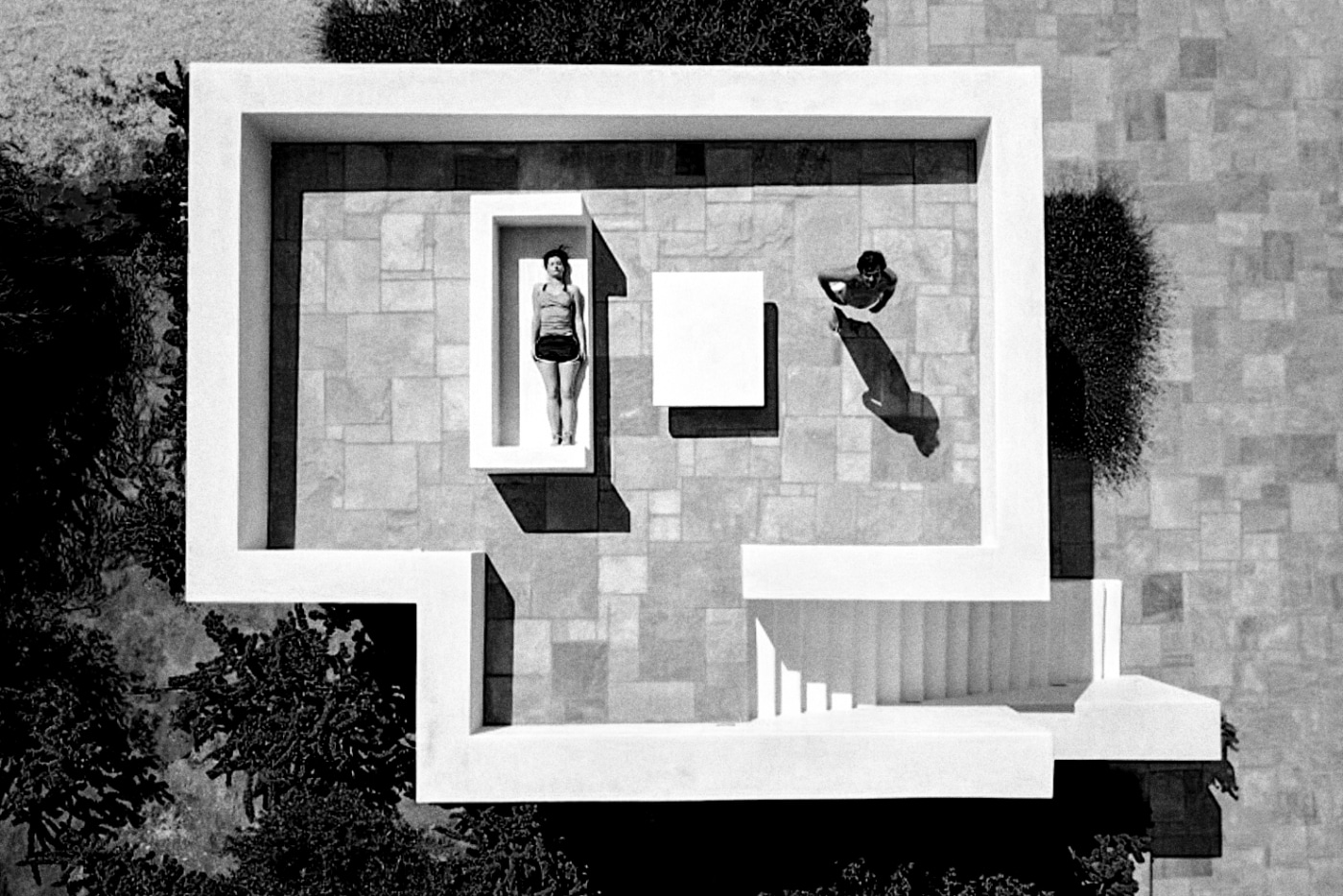
Were any of the images posed or were all candid, and if so, what was the reaction of people when they caught you sneaking a photo?
The majority of the series is candid, largely due to the difficulty of staging a particular mood in scenes of this nature. In a similar fashion to when shooting on the street, I have found the best images often come about from reacting to a scene in front of me or choosing a location with potential and waiting to see what happens. Even with strangers who I haven't asked permission from, waiting for eye contact can provide a connection with the subject and audience looking at the work. Sometimes the intensity of eye contact can lift a photograph. Honestly, people very very rarely get upset. I use a Leica camera which is very small, quiet, and discreet.
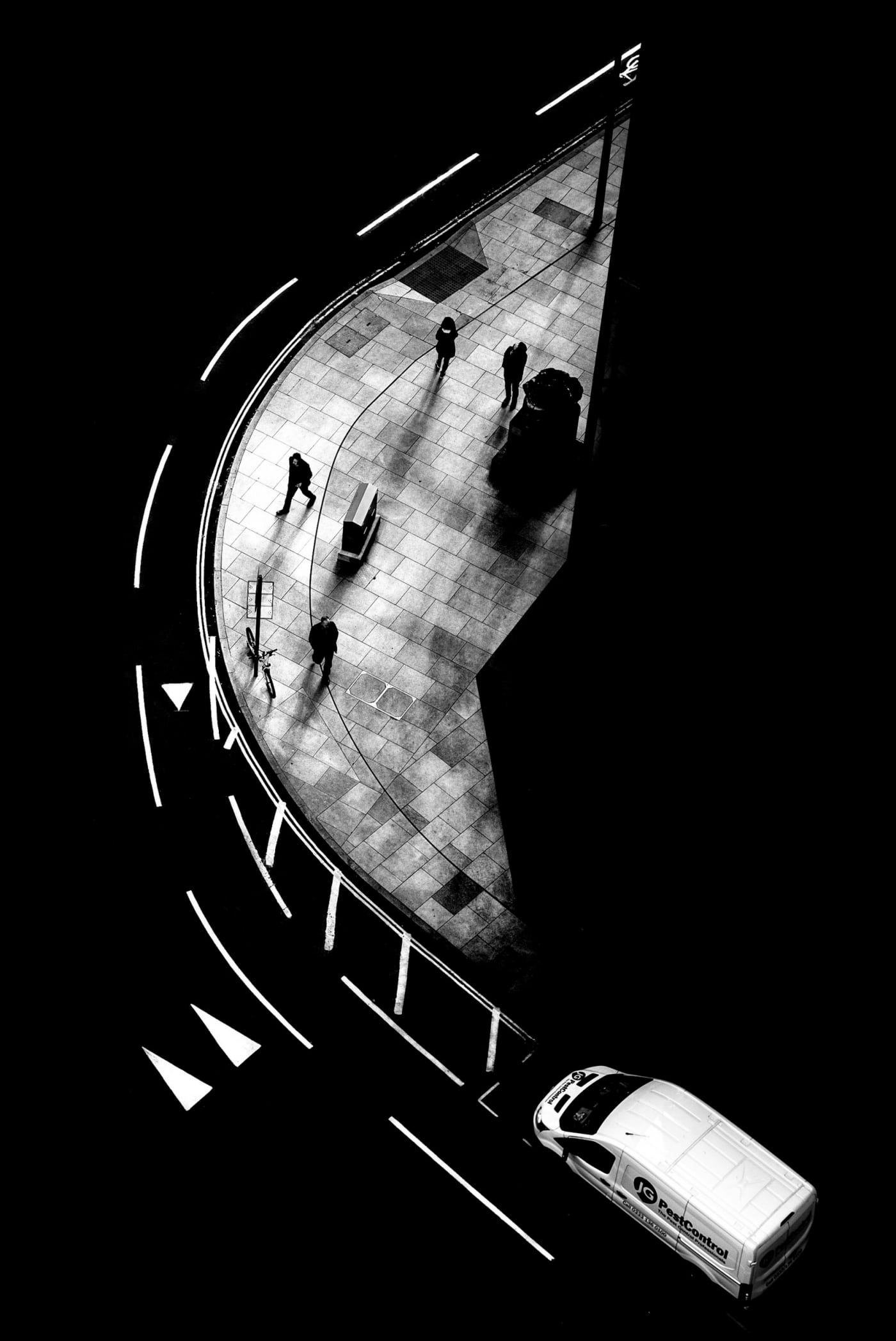
Man lost and dwarfed in the modern world seems to be a recurring theme throughout the history of art. Why do you think it's such a powerful subject to capture artistically?
I think it is a subject that impacts us all, and is particularly relevant today. All over the world people are substituting real relationships for digital ones. A General Social Survey found that the number of people in the USA with no close friends has tripled since 1985. Loneliness appears to be most common among millennials.
We are inherently social creatures after all. I live in London, and for someone who spends a lot of time observing and capturing human life, the way we are getting lost in the world of social media and the big city life is hard to miss. I think the reason it resonates with people is because they can relate to it. From Paris to Tokyo to São Paolo, we are seeing the same trends happening, and people can feel it.
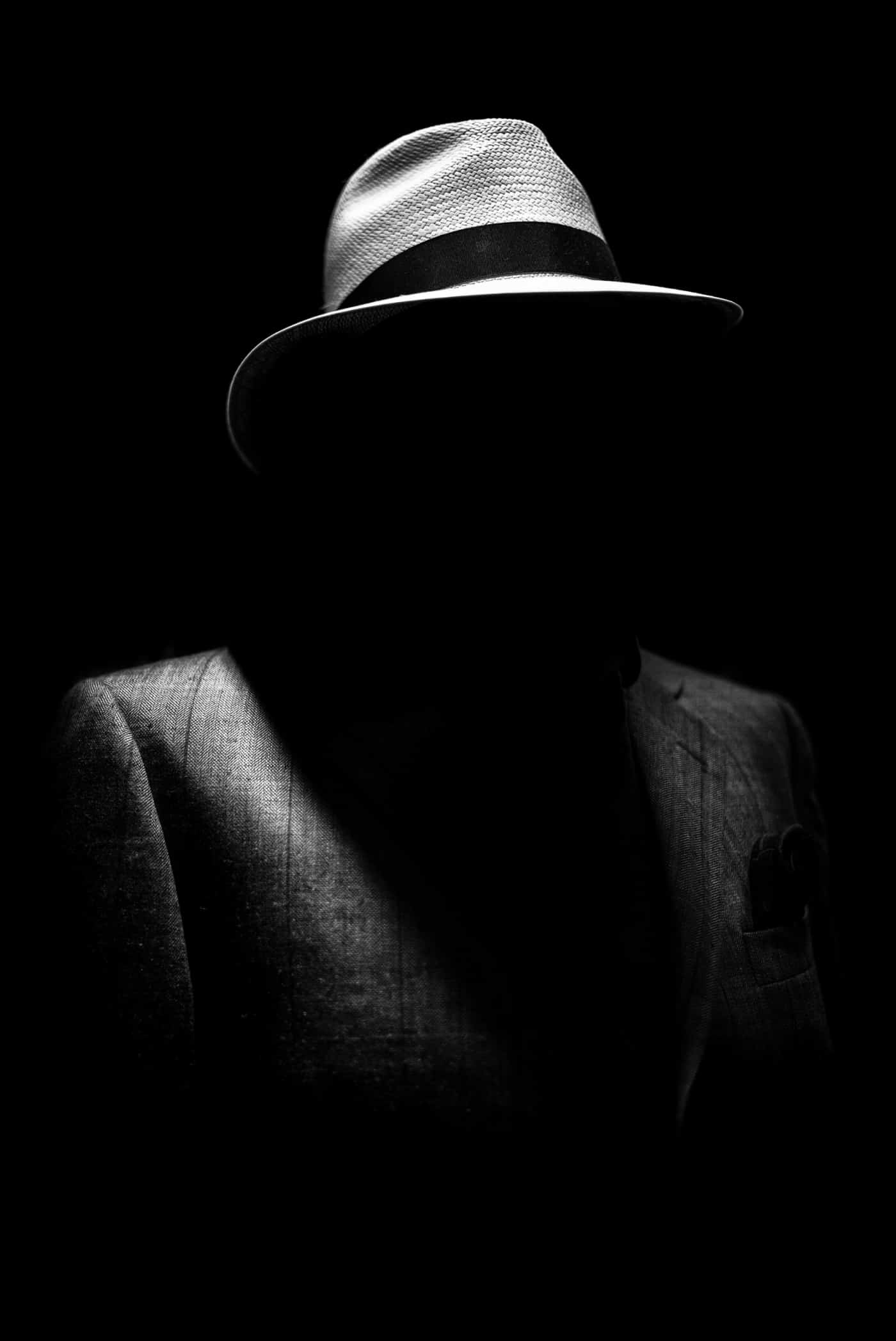
Can you talk a bit about the importance of shadow in light in your work and what meaning it brings to you images?
Obscuring part of a scene or a person in shadow can sometimes say more than displaying everything. If used properly, light and shadow can be used to reimagine a scene and add drama. When working in a setting of naturally occurring high contrast a camera can be instructed to present a scene in such a way that looks different to how we see it with our own eyes. I enjoy transforming everyday locations like the London Underground into an otherworldly scene. Understanding this way of working has enabled me to build the series.
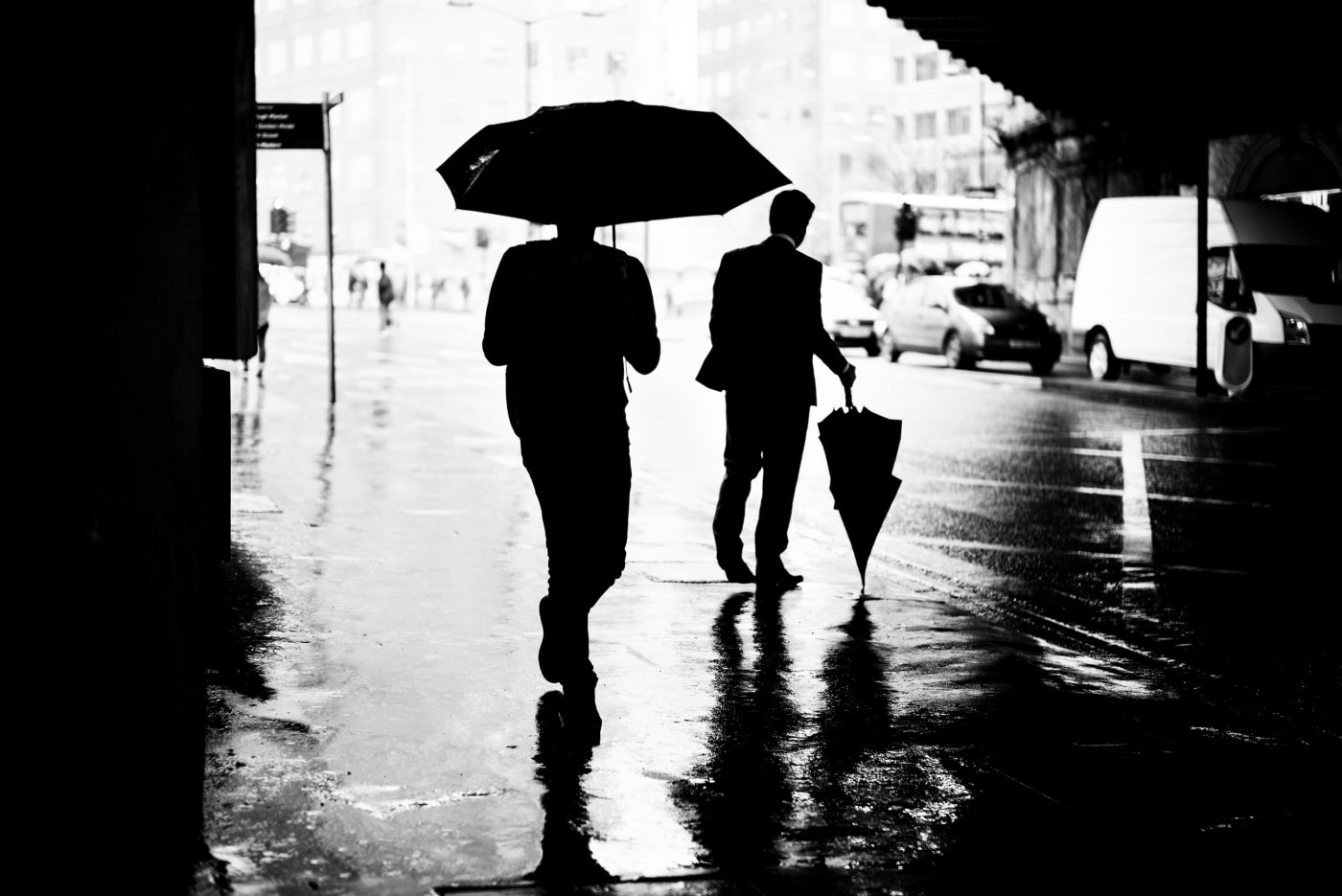
What do you hope that people take away from Metropolis?
Above all I want people to enjoy the photographs. My aim was to make images that were coherent with each other and engaging without the need for a caption or knowledge of the series. Once people are visually invested I hope they may spend time thinking about the message and take an interest in finding out more for themselves.
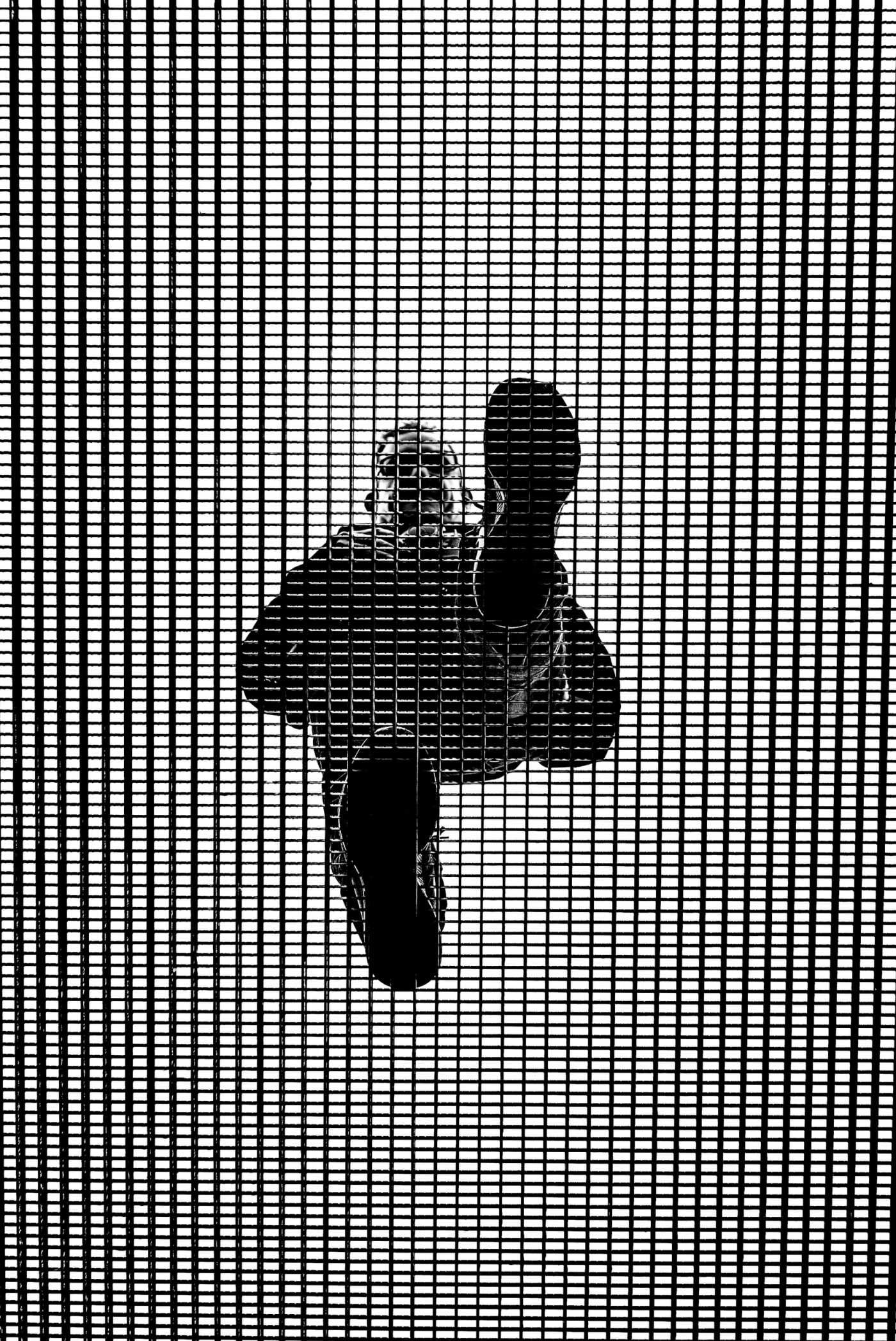
I know you are exhibiting the work shortly, can tell us about the upcoming shows?
Yes, part of the series is being displayed at the Leica City Store in London from January 11th to February the 2nd. It is then moving to the Leica Mayfair store, also in London. It will be shown abroad and again in London later in the year. All dates and venues shall be announced on my website.
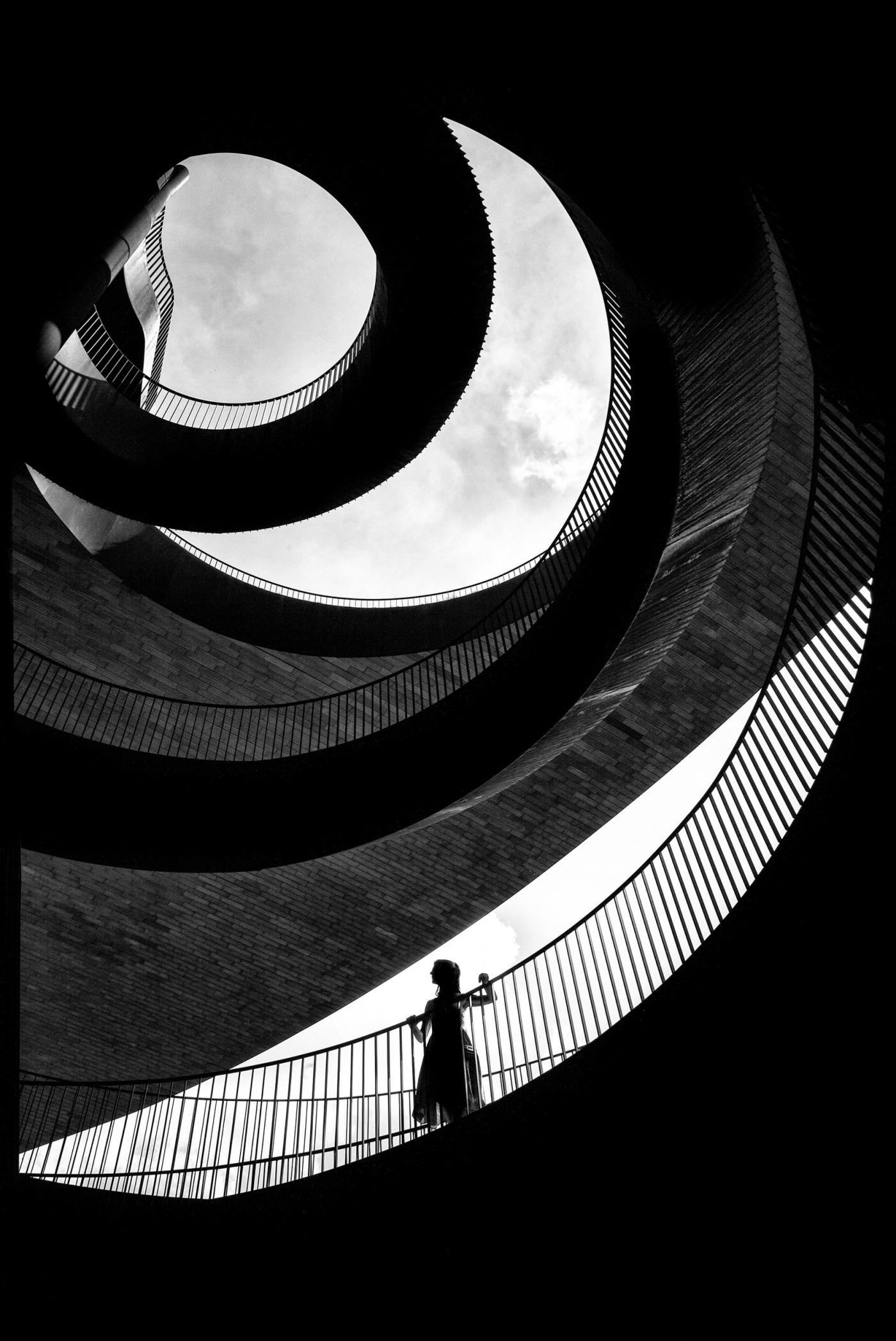
Has Metropolis come to an end?
Not yet. I shall be continuing to work on it over the next few months in preparation for exhibits and a book I am going to release. I am going to be traveling to some of the most populated cities across the world to build the series. During this time I shall be adding to Metropolis with other mediums other than photography, but that is all I shall say for now!
